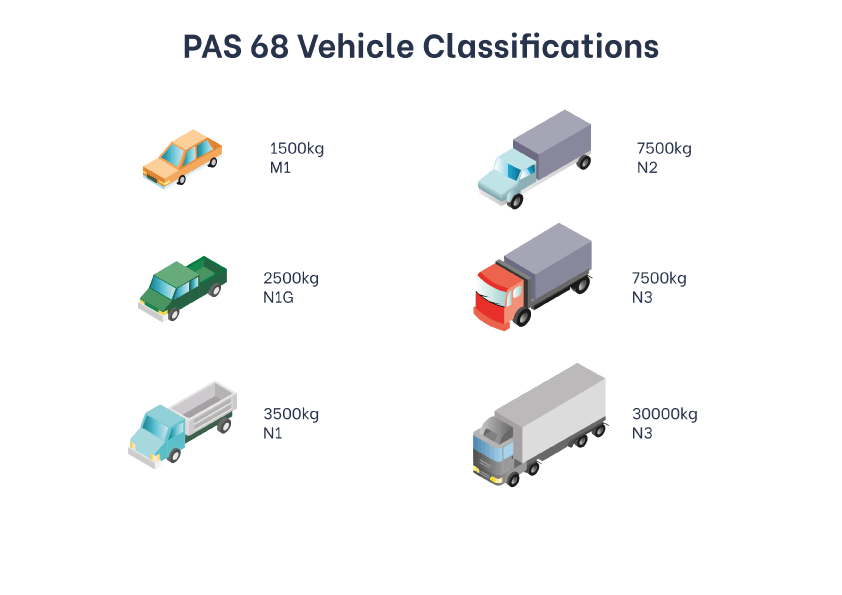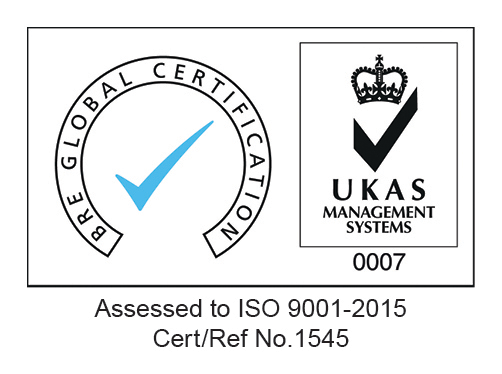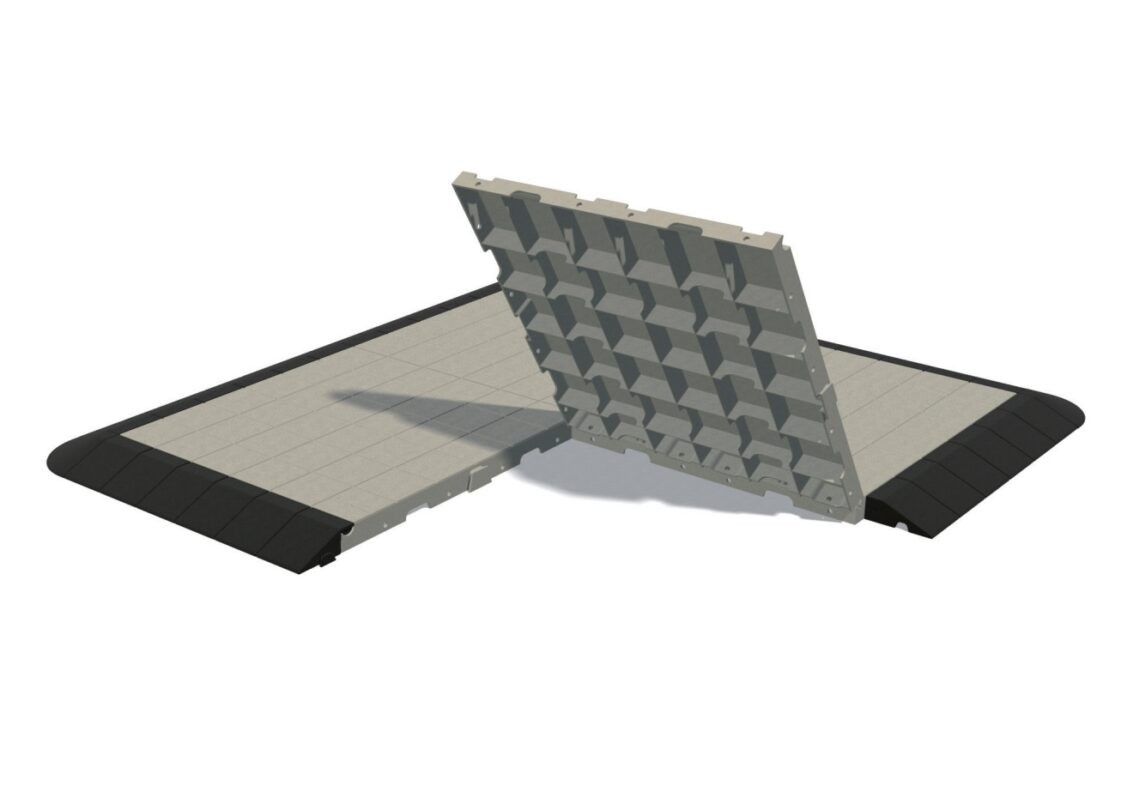IWA14
IWA 14 (International Workshop Agreement) is an international standard that sets out the requirements and test methods for assessing the performance of vehicle security barriers in providing protection against hostile vehicle attacks.
IWA 14 is specifically designed to address the impact resilience of security barriers and bollards by establishing a standardized approach to testing their ability to resist vehicle intrusion at various speeds and impact angles.
Key features of IWA 14 include:
- Defining the classification of vehicle impact testing, specifying the test methods and performance criteria for evaluating the effectiveness of security barriers, and establishing requirements for rating and certifying barriers based on their tested performance levels.
- Similar to PAS 68, IWA 14 aims to ensure consistency in barrier design and testing, allowing for reliable benchmarking and comparison of different products in terms of their ability to mitigate the risks associated with hostile vehicle attacks.
Adherence to IWA 14 is important for manufacturers, designers, and installers of vehicle security barriers as it demonstrates compliance with internationally recognized standards for protecting high-risk sites and critical infrastructure from unauthorized vehicle access.
By following the guidelines outlined in IWA 14, stakeholders can be confident that the security barriers in place have been tested and proven to meet the necessary requirements for withstanding vehicle impacts and enhancing overall security measures.
The ARX STOPPER!™ carries an IWA 14 tested rating of V/7475(N2)/48/90:23.4

V means the barrier was tested against an actual Vehicle. If that letter is a D the barrier underwent a simulated test of the Design of the barrier.
7475(N2) equates to the mass and the vehicle type. The weight is stated in Kg and type of vehicle. This test was carried out using an N2 class vehicle (see vehicle classifications below)
48 is the test speed of the vehicle in KMH
90 is the angle of attack which was 90° to the barrier although this could be tested at a 45° angle for example.
23.4 equates to the impact penetration in meters and is the distance the load carrying part of the vehicle travelled after contact with the barrier measured from the Datum Line or back face of the product being tested. This distance is known as the “stand-off”.





